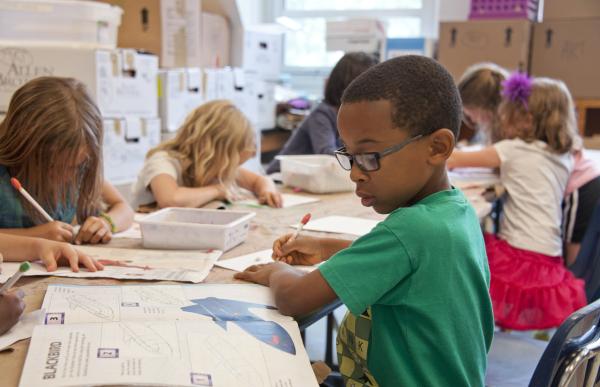
The consequences of the pandemic on students’ health and learning are profound and not yet fully understood. NAZ’s Director of Evaluation, Amy Susman-Stillman penned an Op-Ed and asks educators, parents and policymakers to make changes in the educational system that will benefit all students, and particularly low-income scholars and students of color. Read the piece here.